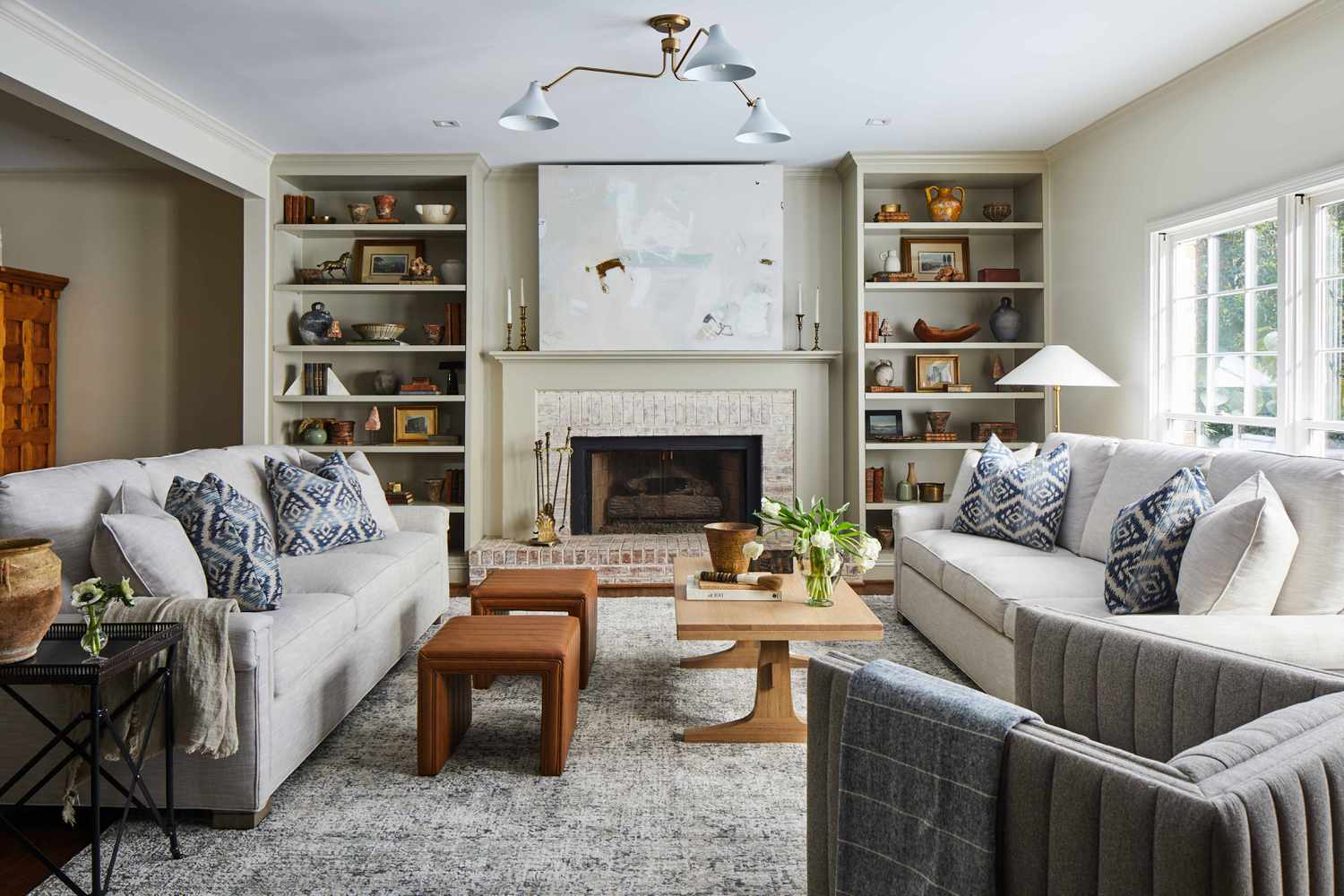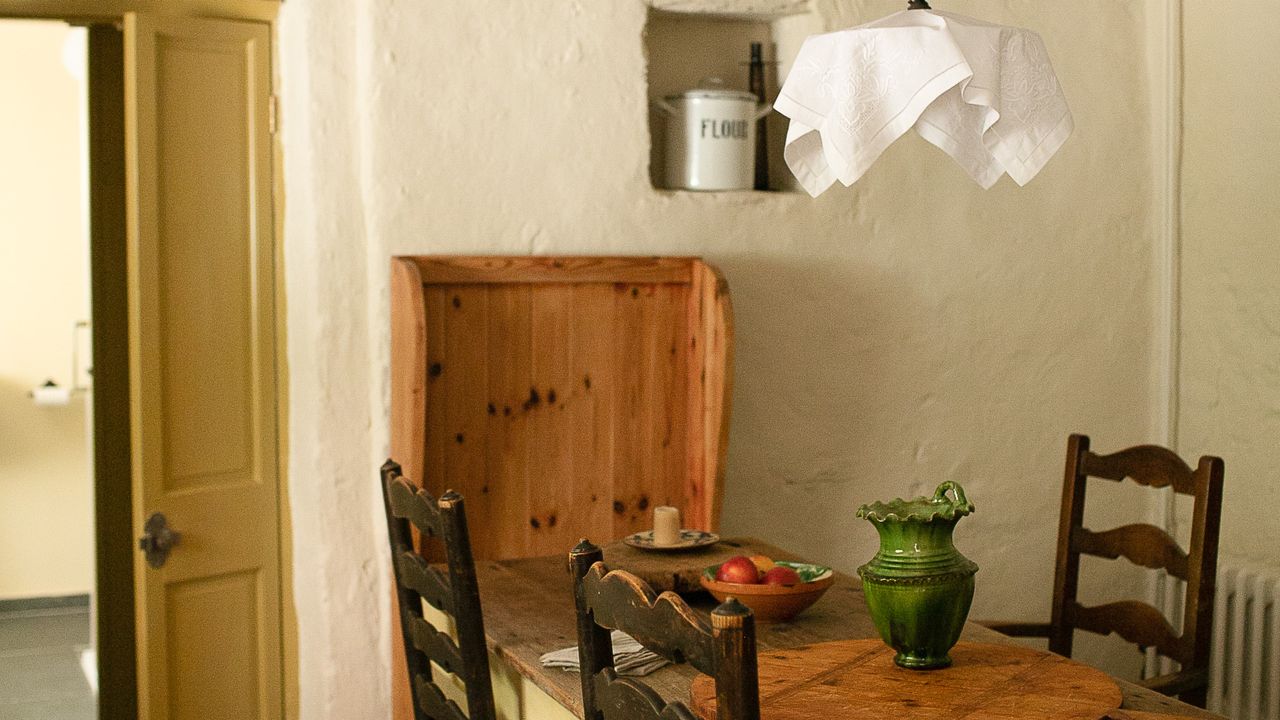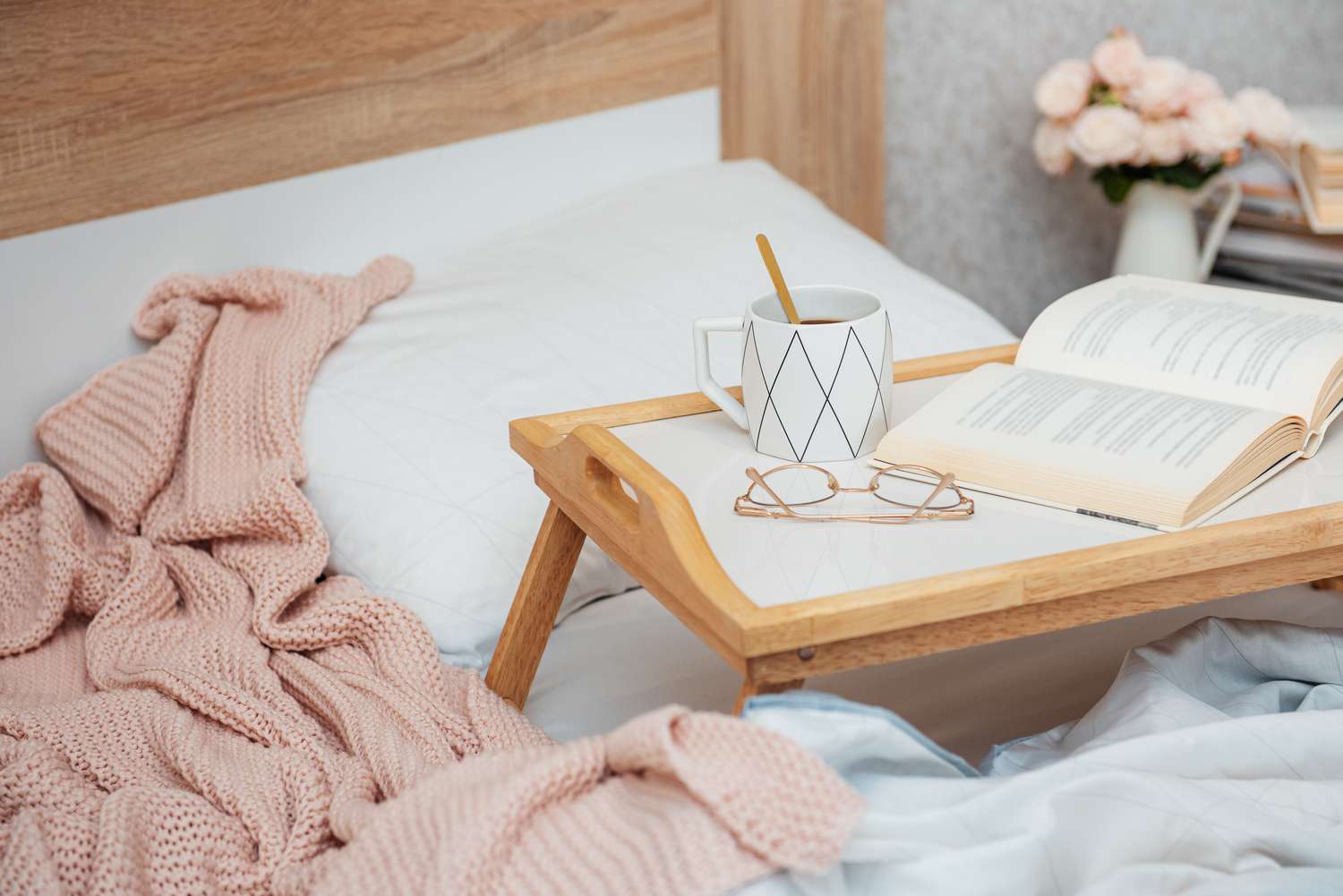
11 Living Room Layout Mistakes Designers Want You To Stop Making
Living room layout mistakes can throw off the entire experience of a space. Whether the chairs are too far away for normal interactions, the furniture is all pushed against the walls, or there’s no clear place to set a drink while you take a seat, an unfortunate arrangement makes both you and your guests uncomfortable.
Luckily, there’s a bit of science and formula to the art of arranging your living room, and interior designers have the insider tips. Here are the eleven living room layout mistakes to stop making today.
Pushing The Furniture Against The Walls
The first cardinal sin of living room layouts may come as a shock to conventional wisdom. But pushing your furniture against the walls can actually create a space that feels cold and uninviting. Michael Mitchell, principal and founder of Michael Mitchell, points out that it can make a space feel disconnected.
Instead, draw the furniture out towards the middle. “When you position furniture in the center of the room, it encourages conversation and interaction for a more intimate space,” says Mitchell.
Placing The Sofa In The Flow Of Traffic
Sofas are the most critical piece of furniture in the living room, and they can also be the toughest to position correctly within the floor plan. They’re big. They take up a lot of square footage. And, unless you have a large living room—and sometimes even if you do, there’s not a clear space for it to go. The flow of traffic needs to move around the sofa.
Amanda Hickam, owner and lead designer of Harper Harris Design in Birmingham, Alabama, explains, “Avoid placing sofas in an awkward spot, for example, walking straight into the back of a sofa. Circulation throughout the space should always be top of mind when placing your sofa.”
If the only option for sofa placement and a successful flow does include the back of the sofa facing the entrance to the room, Hickam suggests, “Add a sofa table or something in a smaller scale behind the sofa to lead you in and break up the line of sight.”
Leaving Old Walls In Place
The remnants of renovations past often overstay their welcome, but Jodi Peterman, CEO and owner at Elizabeth Erin Designs in Destin, Florida, says these can cause major issues within a living room’s layout.
“I have no idea how many living rooms I walk into that contain some kind of haphazard half wall or old pony wall subdividing what might otherwise be a roomy, useful space,” says Peterman. She notes that if you find yourself scooting around corners or getting punched between furniture, it’s time to take out the old walls.
“Function comes before form—if the wall serves no structural function or storage function, cut it out and watch the room breathe,” says Peterman.
Putting The Sofa Too Close To The TV
TV placement is a hot topic. Too low, too high, too far, too close—it’s tough to get exactly the right spot. But Wendy Smit, founder and principal designer of Wendy Smit Interiors in Nashville, Tennessee, explains that it can make or break your living room layout.
“If you really want to discourage guests from coming over, put your sofa too close to the TV. With most TVs mounted above the fireplace mantel, we often see couches that are too close and TVs that are too high, causing viewers to crane their necks every time they want to watch TV,” says Smit.
She recommends placing the sofa back two times the diagonal width of the TV.
Using Too Many Small Pieces
More is more—except when it comes to living room layout. “Humans have the tendency to think that more pieces equal more functionality, but many little chairs, tiny side tables, and lone ottomans just make the room busy,” says Peterman.
Instead, she suggests spend money on a few good-sized, well-proportioned items. “I always tell clients: one big statement sofa will provide the room with more room and feel more substantial than three little chairs scattered about,” adds Peterman.
Not Taking Door Swing Into Account
Before you place any furniture, take a minute to see where your doors swing. “This is a shock to most, but it is significant. I see living rooms where you have to duck around furniture or a door that closes into a console—those small things make the room look cramped and awkward,” says Peterman.
Make sure there’s 36 inches of clearance around any door. If you can’t swing it, literally, then consider whether swapping out the door for a pocket door would make more sense.
Getting The Scale Wrong
Scale is the most important element in any room, and it’s not just related to the square footage. “You also need to consider ceiling height, natural light sources and the scale of other furniture pieces going into the room,” explains Alex Thies, owner and creative director at Adelyn Charles Interiors in Bonita Springs, Florida.
She notes that she often sees sofas that are too short compared to side chairs or cocktail tables that are too big for the sofa. “My general rule of thumb is that your sofa should be the tallest seating in the room, your end tables and sofa table should not be any taller than the arms of the sofa or the back of the sofa, and that the height of the sofa should depend not only on comfort, but also the height of your ceilings,” says Thies.
Choosing The Wrong Size Coffee Table
Coffee tables are an opportunity to make a major style statement in a living room. Whether you go vintage or bold and modern, it can be an art piece that serves as a focal point. It can also be the piece in your living room layout that goes terribly wrong and completely throws the flow of your space.
“The scale of your coffee table is directly related to the other furniture that surrounds it. If you have a large scale sectional sofa and a dainty little coffee table, it will not work,” says Hickam. “The coffee table should fill the space nicely, but not overpower the pieces surrounding it.”
Using Skimpy Rugs
Your rug serves as the anchor of your living room, and if it’s too small for the space, it can make the entire room feel like it’s half dressed. “Homeowners habitually purchase rugs that are way too small for the space, either to save money with a smaller size or because they’re not sure what size is really appropriate for their home,” says Pattie Kelly, owner of Inspired Home Interiors in Chesterfield, Virginia. “This one mistake can have a giant, negative impact in the room, making it feel awkward and disjointed.”
She recommends making sure all major pieces of your furniture layout have at least their front legs on the rug. Try to take up most of the floor space, with about 12 inches left around the edges to the walls.
Not Creating Spaces Within The Space
If you’re lucky enough to have a large living room, don’t try to force it to all be part of the same space. Nancy Parrish, founder and principal designer of Nancy Parrish Interiors in Danville, Virginia, suggests creating separate conversation areas and spaces within the larger room.
“I like to create ‘spaces within spaces.’ Instead of crowding a big area with large furniture, we choose smaller pieces and well-defined zones,” says Parrish. “This not only makes the space more inviting but also adds warmth and interest.”
She recommends considering how people move through the space, where they gather to chat, and thinking about how different areas connect. “By thinking creatively about furniture placement and selecting multi-functional pieces, we ensure that even quirky spaces feel right at home,” adds Parrish.
Opting For Oversize Furniture
While too small furniture is an issue for layout, so is too big furniture. “Not only is furniture that is too large for the space visually unappealing but it doesn’t allow for an appropriate flow,” says Liz Fraser Wooten, co-founder of Ashdown Studio in Charleston, South Carolina. She explains that, ideally, you should be able to move around the living area and allow guests to flow in and out without a traffic jam.
Courtney Batten, interior designer and principal at Paige Studio in Dallas, Texas, adds that sectionals are where this issue often arises. “I get it—everyone wants a big, comfy sectional to sink into! But too often, I find homeowners overestimate the size they need in order to maximize seating which leads to a cramped living room with poor circulation.”
Instead, opt for an appropriately sized sofa and add chairs for additional seating.










